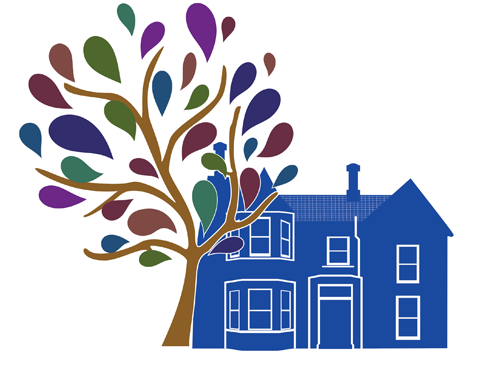At The Meadows Academy, we use the Zones of Regulation as a whole school strategy to support our pupils. It is taught through discreet lessons as part of our Personal Development programme, and embedded through our lessons, unstructured times, and everyday interactions.
The Zones of Regulation aims to support and improve a child’s emotional literacy and self-regulation by:
- Teaching children to sort all of their emotions into 4 zones, Red, Yellow, Green and Blue.
- Supporting children to understand that it is appropriate to experience a full range of emotions.
- Allowing pupils to communicate their emotional state to others, when they might be unable to do so verbally.
- Developing children’s self-regulation to manage their emotional state to give a more ‘expected’ response to a situation.
- Providing a toolkit to support children to self-regulate, manage sensory demands, and move between the zones.
The simple, common language and visual structure of The Zones of Regulation helps make the complex skill of regulation more concrete for learners and those who support them. We learn to regulate our Zones to meet our goals and task demands, as well as support our overall well-being.
We encourage pupils to celebrate their use and knowledge and the zone, and are proud that some of our pupils have achieved AQA Awards in ‘Introduction to the Zones of Regulation’
The Zones of Regulation is also flexible to be used across school and at home. Here are some suggestions of ways it could be built into home environments.
1. Build Zones Check-ins into predictable times in the day.
Encourage children to discuss their emotions and which Zone they would be in before breakfast, or before they go to bed.
2. Support them to understand that all emotions are valid.
Help your child understand that it is ok to feel angry, be worried, or scared, and support them to find positive ways to manage these uncomfortable feelings
3. Use visual aids to support discussions around emotions
Having a coloured sheet with Red, Yellow, Green, and Blue to support discussions your child might be struggling with their emotional state.
Online Resources
Here are just a few great websites that can support children regulate their emotions.
- Videos to support movement, breathing and thinking from GoNoodle https://www.gonoodle.com/
- Mindfulness activities by Cosmic Kids https://www.youtube.com/c/CosmicKidsYoga
- Relaxation videos from The Mental Health Teacher https://www.youtube.com/c/TheMentalHealthTeacher
- New Horizon - Meditation https://www.youtube.com/channel/UCjW-3doUmNsyY5aLQHLiNXg
Common Questions about the Zones of Regulation
Can my child be in more than one zone at the same time?
Yes. Your child may feel tired (blue zone) because they did not get enough sleep, and anxious (yellow zone) because they are worried about something. Listing more than one zone reflects a good sense of personal feelings and alertness levels.
Should children have consequences for being in the RED zone?
It’s best for children to experience the natural consequences of being in the RED zone. If a child’s actions/choices hurt someone or destroys property, they need to repair the relationship and take responsibility for the mess they create. Once the child has calmed down, use the experience as a learning opportunity to process what the child would do differently next time.
Can you look like one zone on the outside and feel like you are in another zone on the inside?
Yes. Many of us “disguise” our zone to match social expectations. We use the expression “put on a happy face” or mask the emotion so other people will have good thoughts about us. Parents often say that their children “lose it” and go into the RED zone as soon as they get home. This is because children are increasing their awareness of their peers and expectations. They make every effort to keep it together at school to stay in the GREEN zone. Home is when they feel safe to let it all out.
